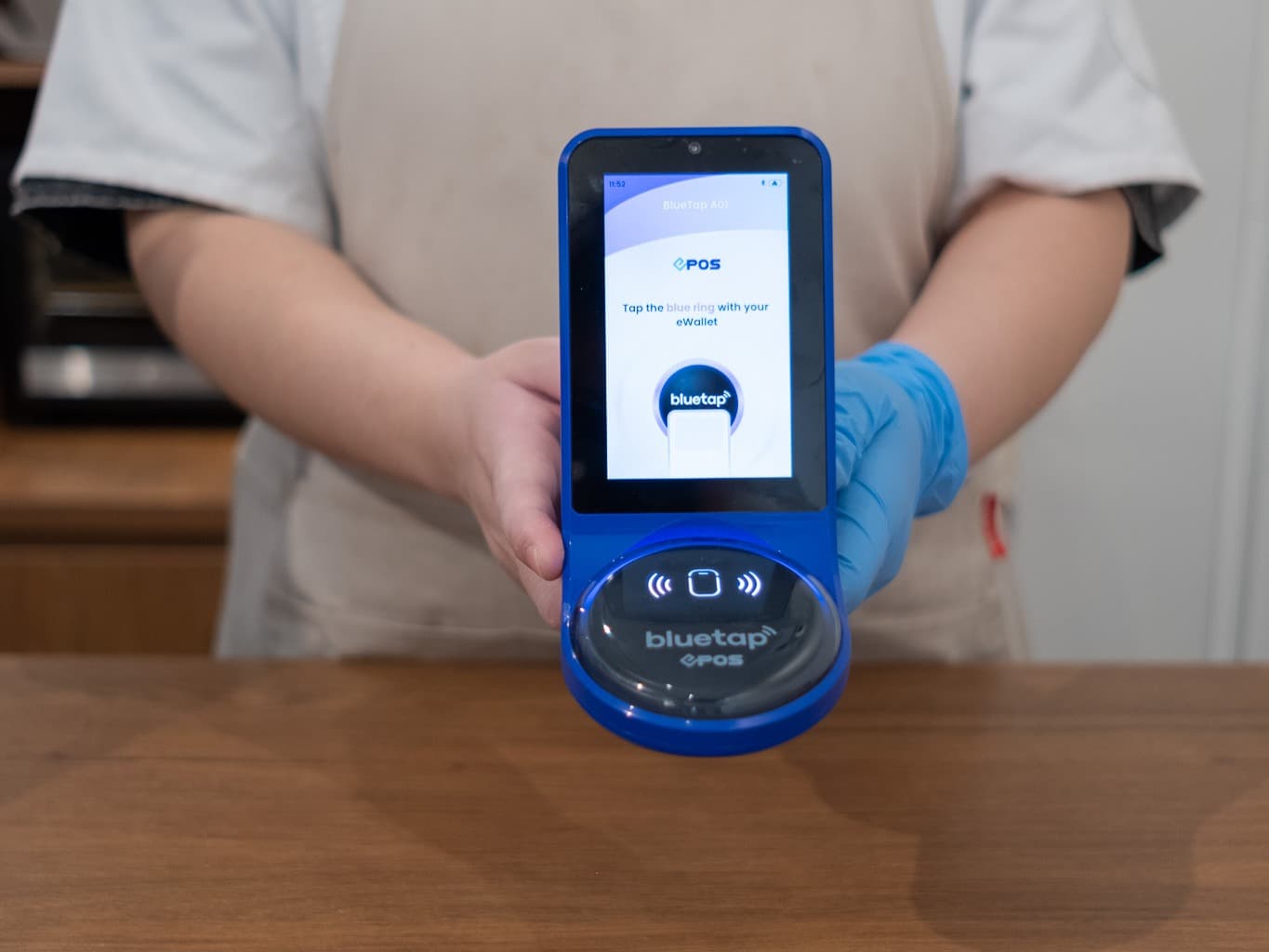
Nearly all U.S. colleges would like to see your scores.
Many students have the misconception that most U.S. schools do not care about evaluating your test scores. The reality is that only about 3.5 percent of U.S. colleges are “test-blind,” meaning they do not consider test scores. Interestingly, nearly half of these test-blind schools are in California. This means that 96.5 percent of U.S. colleges either require the SAT or ACT or will consider scores if submitted. Some, like Georgetown, West Point, MIT, and the University of Florida, require all applicants to submit scores. Many test-optional schools have not declared that they will remain so in the future, so younger students should monitor policy changes in the coming years. According to college admissions officials to whom I have spoken, if a student has scored above the 25th percentile for admitted students, it would be to their advantage to submit test results because the applicant’s academic readiness for college would be more of a known quantity for evaluators.
-
Test scores provide protection against grade inflation.
According to the U.S. Department of Education and the College Board, the average high school GPA in the U.S. was 2.68 in 1990 and 3.38 in 2016. A recent national survey of K–8 parents found that 90 percent believe that their child is achieving at or above grade level, and 66 percent think that their kid is above average. Inflated GPAs may give parents and students an incorrect impression of academic readiness and make it more challenging for college admissions officers to put those inflated grades in a national context. Since most U.S. high schools no longer report class rank and many schools have multiple valedictorians, grades alone may be a less reliable metric than in years past.
-
Other parts of the college application may become less trustworthy given the spread of AI technologies.
Colleges have always had to be on guard for students plagiarizing their admission essays; however, this could be mitigated by submitting the essays through plagiarism detection software. Colleges also have had to worry about someone other than the student — perhaps a family member or a hired consultant — writing the college essay. If the essay had an elevated writing style that was inconsistent with the other material in the application, it would raise red flags in the admissions office. ChatGPT and other natural language AI systems can write original material that is consistent with a student’s stylistic preferences. This makes it far more difficult for college admissions offices to detect unoriginal student work. Given these challenges, it would not be surprising if the college essay becomes relatively less important in the admissions process.
-
Good test scores can lead to substantial financial savings.
A few hours on a Saturday morning could be the best financial investment a student could make. For example, many colleges, such as the University of Oklahoma and the University of Alabama, offer full-ride scholarships that students may be eligible for based on their test scores. Many U.S. universities also use the SAT and ACT scores for placement into English and math courses. If students can place out of one or two semesters of required introductory coursework, they can save thousands of dollars in tuition costs and possibly graduate earlier.
-
The Digital SAT is much easier to take.
The paper-based SAT took about four hours to complete. Taking the ACT or SAT during the school day would cause students to have to miss most of their academic courses for an entire day. Currently, international students are able to take the new digital SAT, and U.S. students can take the digital SAT starting in March of 2024. This test is substantially shorter at just a little more than two hours total. The digital SAT has an adaptive format: Students take one test section module and the second module is different depending on the first section score. Students who perform well on the first module receive more difficult questions in the second module, and those who do not perform as well will receive less difficult questions. This format allows the test to accurately assess the same skills in a much shorter time period.
The bottom line: students applying to U.S. colleges have little to lose and much to gain by giving the SAT and ACT a try and scoring their very best. With a little investment, it can pay dividends.


